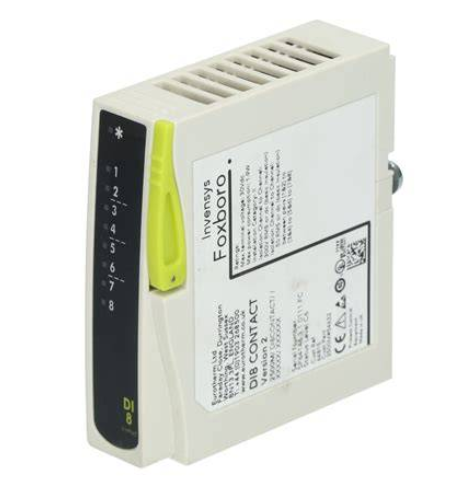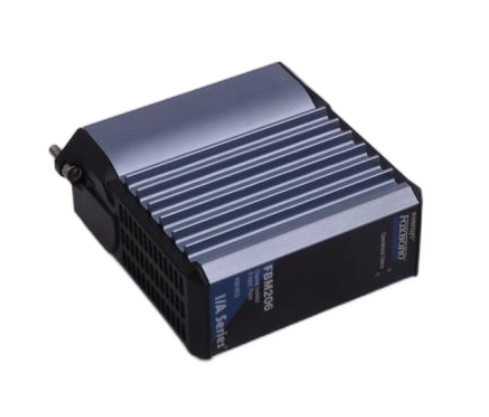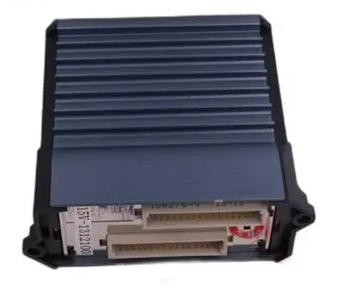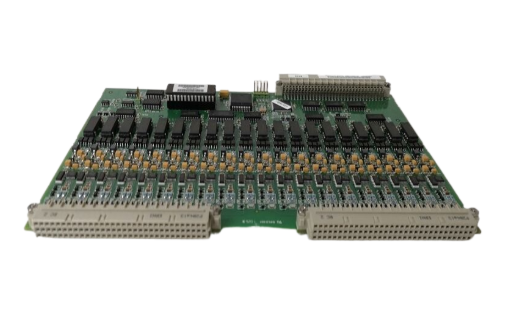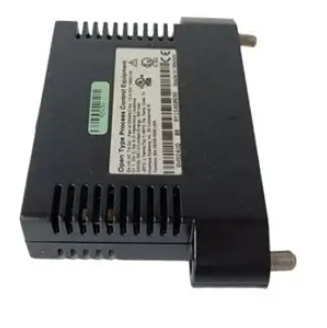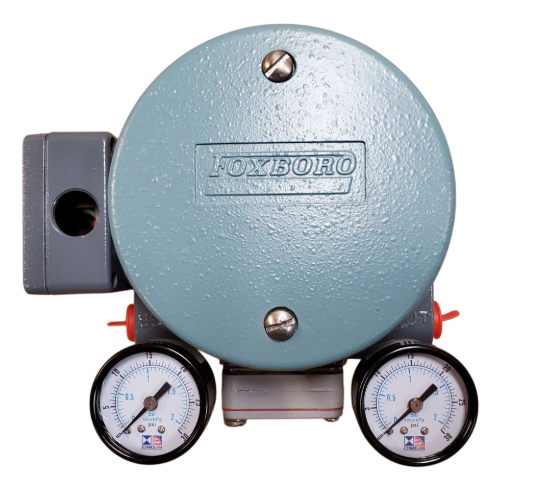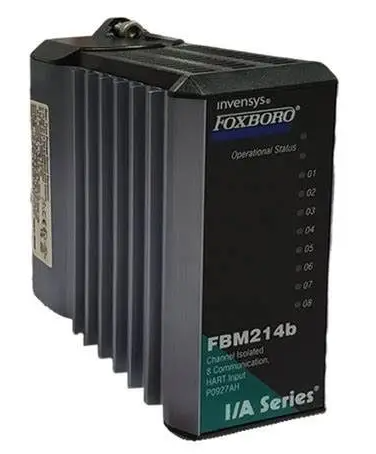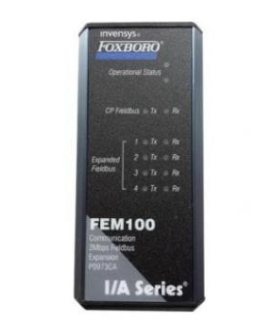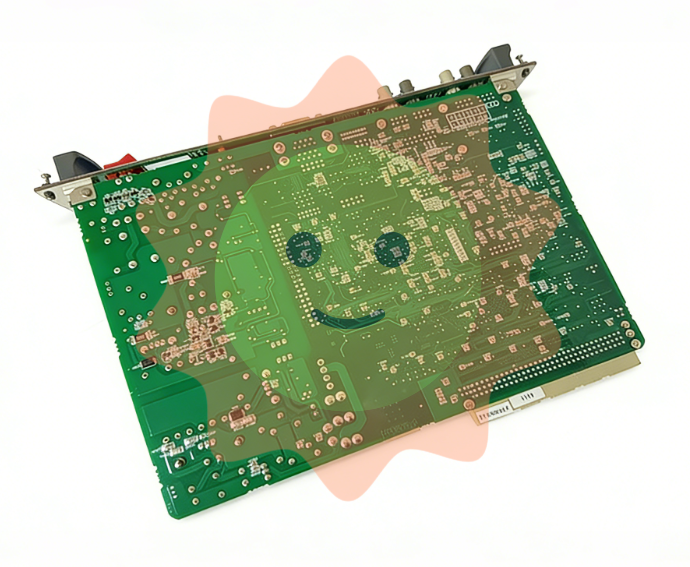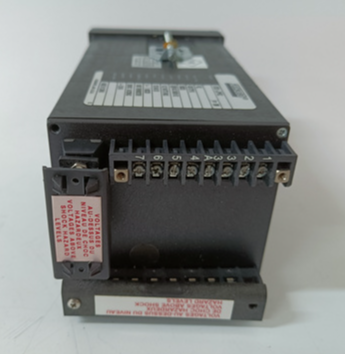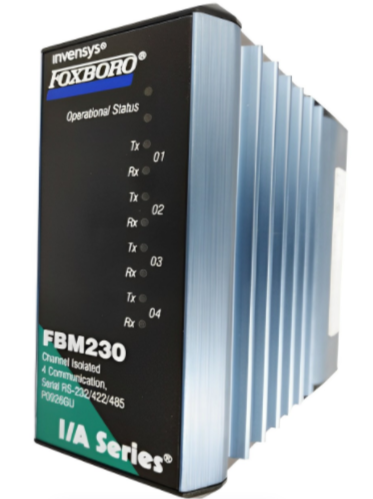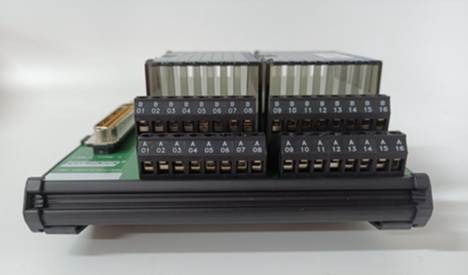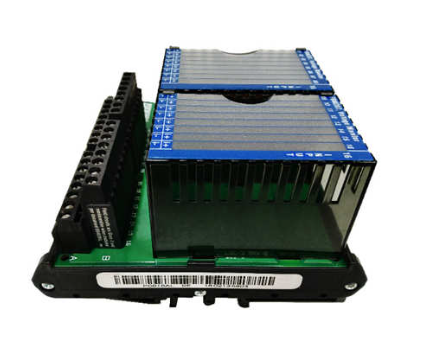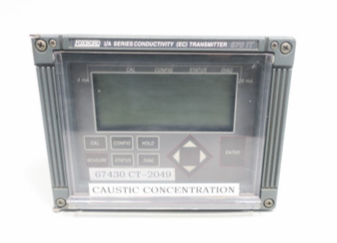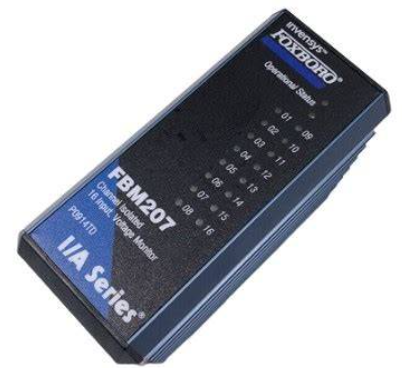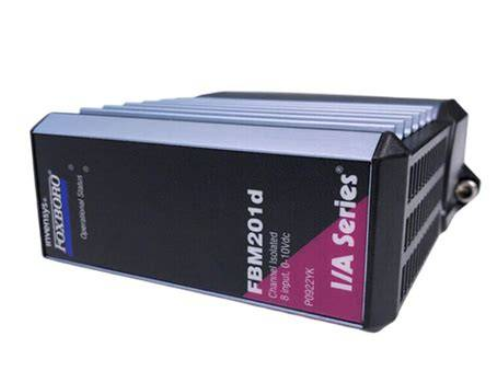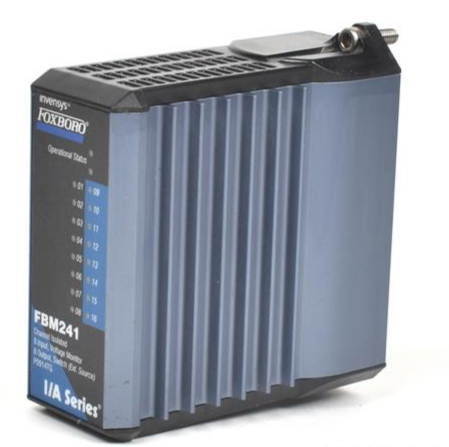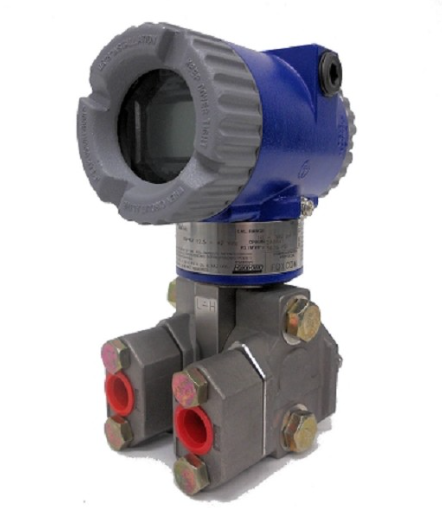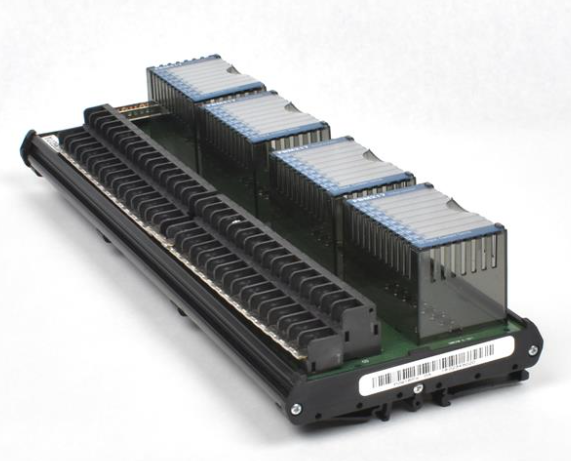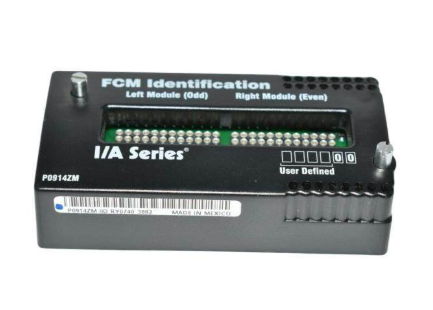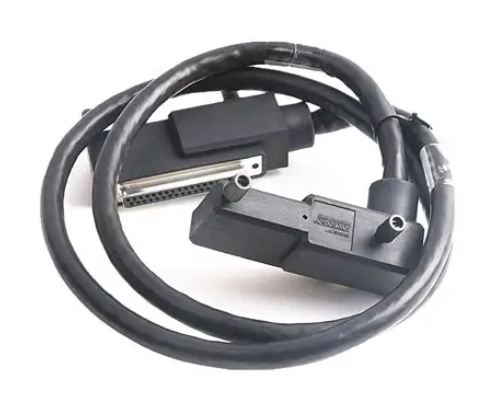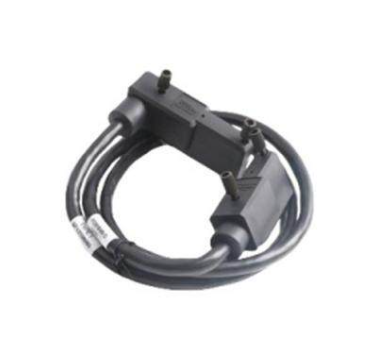Sewage treatment plant operation and maintenance technical scheme
1.1 Trial operation management of sewage treatment plant
The trial operation of sewage treatment project is different from the trial operation of general building water supply and drainage project or municipal water supply and drainage project. The former includes the start and commissioning of complex biochemical reaction process, which is slow and time-consuming, and is strongly affected by environmental conditions and water quality and quantity, while the latter only needs the system water supply and the normal operation of equipment.
The trial operation of sewage treatment project is as important as the acceptance of the project. Through trial operation, the quality of civil engineering, equipment and installation engineering can be further tested, which is the basis for ensuring the normal operation process, and further achieving the environmental benefits, social benefits and economic benefits of sewage treatment projects.
Countless water treatment project trial run, not only to test the quality of the project, more importantly, to test whether the operation of the project can achieve the designed treatment effect. The content and requirements of the trial operation of countless water treatment projects are as follows.
(1) Test the quality of civil construction, equipment and installation works through trial operation, establish related equipment files and materials, and make suggestions on the design rationality and operation precautions of related machinery, equipment and instruments.
(2) Carry out load operation on certain general or special equipment and test its capacity. Such as the lifting flow and head of the pump, the air volume, pressure, temperature, noise and vibration of the blower, the oxygenation capacity or oxygen utilization rate of the aeration equipment, the operation stability of the mud scraping (drainage) machinery, the effect of the protection device, the mud scraping (drainage) effect, etc.
(3) The trial operation of a single treatment structure requires to achieve the designed treatment effect, especially the engineering using biological treatment method, to cultivate (domesticate) microbial sludge, and on the basis of achieving the treatment effect, to find the best operating process parameters.

(4) On the basis of the trial operation of a single facility, the joint operation and acceptance of the entire project shall be carried out. Ensure that the sewage treatment can meet the discharge standards.
1.2 Operation and management of sewage treatment plants
The operation and management of the urban sewage plant, like the operation and management of other industries, is a general term for the planning, organization, control and coordination of the activities of the medical plant, and is a part of the various management activities of the enterprise (such as: administrative management, technical management, equipment management, "three production" management), and is the most important part of the various business activities of the enterprise.
The operation and management of municipal sewage plant refers to the management of the whole process from the acceptance of raw sewage to the purification and discharge of "standard" sewage.
1.3 Basic requirements for sewage treatment operation and management
The basic requirements in the operation and management of urban sewage treatment plants are:
(1) On-demand production should first meet the basic requirements of the urban and water environment for the operation of the sewage plant, and ensure that the dry treatment capacity makes the treated sewage reach the standard.
(2) Economic production to treat sewage at the lowest cost, so that it is "up to standard".
(3) Civilized production requires operation and management personnel with new qualities to safely do a good job in production and operation with advanced technology and civilization.
1.4 Water Quality Management
The water quality management of sewage treatment plants (stations) is the core and purpose of each work, and is an important factor to ensure the "standard". The water quality management system should include: the responsibility system of water quality management agencies at all levels, the "three-level" (referring to environmental monitoring departments, head offices and sewage stations) inspection system, who knows discharge standards and water quality inspection system, water quality control and cleaner production system.
1.5 Responsibilities and management of operation personnel
The task of the operation and management personnel of the sewage treatment plant is to give full play to the advantages of various treatment methods, conduct scientific management according to the design requirements, make full use of the flexibility of various processes to make appropriate adjustments when the water quality conditions and environmental conditions change, find and solve abnormal problems in time, so that the treatment system can complete the purification treatment with high efficiency and low consumption. In order to achieve the ideal environmental benefits, economic benefits and social benefits.
(1) Proficient in their own business
Sewage and sludge treatment depends on the principles of physics, chemistry and biology to complete, to use large structures, machinery, equipment and automatic control devices, but also involves a variety of testing means, which requires all operation management personnel in addition to a certain degree of education, in physics, chemistry and microbiology knowledge should have higher requirements, It also includes mechanical and electrical knowledge.

(2) Abide by rules and regulations
In order to ensure the stable operation of sewage treatment plants, in addition to operational management personnel should have business knowledge and ability, there should be a series of rules and regulations to be followed. In addition to the post responsibility system, it also includes: facility inspection system, equipment maintenance system, shift system, and safe operation system.
Chapter II Technical and economic evaluation and operation management of sewage treatment plants
The technical and economic evaluation of sewage treatment plant can reflect the composition of the investment cost of the capital construction project, and is the basis and standard for evaluating the design scheme. The technical and economic evaluation of municipal sewage treatment plant is an important part of the construction of sewage treatment plant.
2.1 Technical and economic indicators
A series of technical and economic indicators are commonly used to measure the operation of urban sewage treatment plants, including the amount of treated sewage, discharge water quality, pollution removal efficiency, power consumption and energy consumption. In addition, the treatment plant should also make a series of operation reports.
2.2 Capital construction investment
Capital construction investment refers to all the funds needed for a construction project from preparation, design, construction, trial production to formal operation, including all expenditures that can be transferred to the value of fixed assets and "investment expenditures that should be written off".
The capital construction investment consists of project construction expenses, other capital construction expenses, project reserve expenses, equipment and materials price difference reserve expenses and interest during the construction period. In the estimation and estimate stage, the construction cost is usually referred to as the first part of the cost, and other capital construction costs are referred to as the second part of the cost. According to the time factor, it can be divided into statement investment and dynamic investment. Static investment refers to the first part of expenses, the second part of expenses and project reserves. Arterial investment refers to all expenses including equipment and materials price difference reserve and interest during the construction period.
2.3 Production cost estimation
Production cost estimates for municipal wastewater treatment plants usually include sludge treatment. Production cost estimation items include energy consumption expenses, pharmaceutical expenses, fixed assets basic depreciation expenses, overhaul fund deposit, daily maintenance and repair expenses, wages and welfare expenses, etc.
1. Energy consumption costs
Energy consumption costs include electricity, steam, tap water, coal and other energy consumption consumed during the permanent treatment process.
2, daily maintenance costs
The cost of daily maintenance and repair shall be extracted separately according to the nature of sewage and maintenance requirements.

3. Other expenses
Pharmaceutical expenses, employee wages and welfare expenses, labor insurance funds, pooling funds, basic depreciation expenses of fixed assets and other expenses are generally calculated on the basis of the average daily water treatment.
4. Income from comprehensive utilization of sewage and sludge
The comprehensive utilization of sewage and sludge can save resources and reduce costs as part of the income of the sewage treatment plant.
The cost estimate of urban sewage treatment plant is the sum of the above costs and the amount of supplementary treatment water, that is, the annual cost and unit cost are obtained.
2.4 Economic evaluation methods
Economic evaluation of construction project is an organic part and important content of feasibility study, and an important means of scientific decision-making of project and program.
The purpose of economic evaluation is to calculate the input cost and output benefit of the project according to the requirements of the national economic development plan, on the basis of the engineering technology research such as demand prediction, site selection and process technology selection, etc. Through the comparison of multiple schemes, the economic feasibility and rationality of the proposed project are demonstrated and analyzed, a comprehensive economic evaluation is made, and the best scheme is recommended after comparison. Provide scientific basis for project decision-making.
2.5 Running Records and Reports
An urban sewage plant, how much sewage is treated every day or the whole plant, how is the treatment effect, how is the energy saving and consumption reduction in the treatment process, what abnormal solutions and results in the treatment process are reflected by the operation records and reports of the sewage plant. The original records and reports of the municipal sewage plant are an important program record and archival material, which can provide managers with direct operation data, equipment data, financial data, analysis and laboratory data, and can rely on these data to calculate and adjust the process, analyze and judge the condition of facilities and equipment, adjust the operation situation, and propose the maintenance plan of facilities and equipment accordingly. Or according to the next step of production scheduling.
The original records mainly include duty records, work logs and equipment maintenance records, including records of various test, analysis or instrument display data. Statistical statements are compiled on the basis of original records and can be divided into annual statistics, monthly statistics, quarterly statistics, etc. In general, monthly statistical statements are copied to the head office or the office by the workshop every month or the studio every quarter or every year to the factory. Each operation daily or weekly copy daily or weekly statistical report to the work section.
Original records or statistical reports, and can be divided into operation, laboratory testing, equipment, financial and other types of reports.
When the operation duty personnel fill in the original records, they must be timely, clear, complete, true and accurate. The preparation of statistical reports in a regular, systematic and concise manner reflects the main information of the operation and management status of different periods and different professions in the sewage treatment process.

Chapter III Operation and management of sewage treatment system
3.1 Operation management of preprocessing
1. Between grilles
(1) Determination of the number of grille working units
Through the flow meter and water level meter set in the front of the sewage plant, the sewage flow rate and the water depth in the canal can be learned, and then according to the relationship between the inflow sewage volume and the grating work designed by the design recommendation or the operation operation procedure, the number of grilles put into operation can be determined. The number of grilles put into operation can also be determined by calculating the optimal flow rate of the grating.
(2) Removal of grid slag
When the grid decontamination machine is cleaned every day, it is mainly controlled by the liquid level difference in front of the grid, and when necessary, it is controlled by combining the mode of opening and stopping when necessary. No matter what method is used, the personnel on duty should be regularly inspected, the amount of grid slag accumulated by manual opening and stopping is determined by many factors, when the amount of grid slag is large in a day, a month or a year, managers should pay attention to explore and summarize, in order to improve the efficiency of operation. In addition, it is necessary to strengthen the inspection and timely find the fault of the grid decontamination machine; Press and remove grid slag in time; Do a good job of ventilation between the grates.
(3) Check the sand settling situation of the channel regularly
Due to the slowing of sewage flow rate or the increase of roughness in the channel, sand may accumulate in the channel before and after the grid, and the sand should be regularly checked and cleaned, or the channel should be repaired.
(4) Make operation measurement and record
The weight or capacity of the daily grid slag should be measured, and the normal operation of the grid should be judged by the change of the grid slag amount.
2, sewage lifting pump room
(1) Operation scheduling of the pump group
Before the sewage from the sewage plant enters the pump room, there is generally no regulating tank. In order to ensure that the amount of pumping is consistent with the amount of incoming water, the operation scheduling of the pump group should pay attention to the following:
a, try to use the combination of large and small pumps to meet the amount of water, rather than relying on valves to adjust, in order to reduce pipeline head loss, energy saving and consumption reduction;
b, maintain the high water level of the sump, can reduce the lifting head;
c, the number of starts and stops of the pump can not be too frequent;
d, the number and time of operation of each pump should be basically uniform.
(2) Pay attention to the change of various instrument Pointers
For example, the vacuum meter, pressure gauge, ammeter, bearing temperature meter, oil level meter changes. If the pointer deviates or jumps, the cause should be identified and solved in time.

a Maintenance of catchment pool
As the flow of sewage slows, mud and sand may 喾 to the bottom of the catchment basin. Pay attention to personal safety when cleaning regularly. Before clearing the pool, it should be forced to exhaust air first, and only after meeting the requirements stipulated by the safety department can people work in the pool. After the pool should still maintain a certain amount of ventilation. Each operator shall not work in the pool for more than 30 minutes.
b Keep running records
The contents of each shift should be recorded: the display value of the main instrument, the platform number of the pump in each period, the abnormal situation and the treatment result.
3.2 Operation and management of primary sedimentation tank
1, the operation operator should observe and record the reaction tank alum growth, and compare it with the previous record data. If any abnormality is found, the cause should be analyzed in time and corresponding countermeasures should be taken. For example, the alum particles at the end of the reaction pond are fine and the water body is cloudy. And not easy to precipitate, it means that coagulant administration is not enough. If the alum particles at the end of the reaction tank are large but very loose, the effluent of the sedimentation tank is unusually clear, but the outlet water also contains a large number of alum flowers, which indicates that the dosage of coagulant is too large, so that the alum particles grow abnormally, but they are not dense and are not easy to precipitate.
2, the operation management personnel should strengthen the inspection of the sewage quality, and regularly carry out the beaker mixing test. By changing the type of coagulant or coagulant aid, changing the dosage of coagulant and changing the stirring intensity of the mixing process, the best coagulant conditions can be determined. For example, when the amount of water or the concentration of SS in water changes, the dosage of coagulant should be adjusted appropriately; When the water temperature or PH value of the effluent changes, the coagulant or coagulant aid can be changed to improve the coagulant effect. When the content of organic colloidal particles in water changes, the coagulant or coagulant aid should also be adjusted in time.
(3) When mechanical mixing is used, the mixing gradient in the mixing area should be regularly tested and calculated (G) to adjust the speed of the mixing equipment or adjust the inflow water when the problem is applied. When using pipe mixing or static mixer mixing, due to the reduction of flow rate, the flow rate will be reduced, resulting in insufficient mixing strength. For other types of non-mechanical mixing methods, there are similar situations, at this time should strengthen the reasonable scheduling of operation, as far as possible to ensure that there is sufficient flow rate in the mixing zone. As for hydraulic flocculation reaction pond, the flow rate should be adjusted to ensure its flow speed.
4, the sludge in the flocculation reaction tank should be removed regularly to avoid the reduction of the volume of the reaction area, and the increase in the flow rate in the tank will shorten the melon time, resulting in a decrease in the coagulation effect.
5. A large amount of mud accumulates between the end of the reaction tank and the water distribution wall of the sedimentation tank, which will block the water distribution port, make the port flow rate too large, break the alum flower, and precipitate difficult. At this time, the operation should be stopped to remove mud.
6, the sedimentation tank should reasonably determine the number of mud discharge and mud discharge time, the operator should be timely and accurate mud discharge. Otherwise, a large amount of sludge will be accumulated in the sedimentation tank, which will reduce the effective pool capacity and make the flow rate in the sedimentation tank too large.

7. Inspection should be strengthened to ensure the leveling of the effluent weir of the sedimentation tank. Otherwise, the uneven discharge of the sedimentation tank will cause short flow in the tank, which will destroy the precipitation effect of alum flower.
8, should often observe the mixing, reaction sludge discharge or dosing equipment operating status, timely maintenance, failure in time to replace repair.
9. Regularly clean dosing equipment and keep it clean and hygienic; Clean the pool walls regularly to prevent algae growth.
10, regularly calibrate dosing metering facilities, should be replaced if necessary, to ensure accurate measurement.
11. Strengthen the inspection of pharmaceutical stocks to prevent drug deterioration and failure. Special attention should be paid to ferrous sulfate. The principle of "store before use" should be implemented.
12. The health and safety system must be strictly implemented when dispensing medicines, and rubber gloves and other labor protection measures must be taken.
13, do a good job of analysis, measurement and record.
3.3 Operation and management of biochemical aeration tank and secondary sedimentation tank
(1) Operation and management of traditional activated sludge treatment systems
1, often check and adjust the aeration tank water distribution system and return sludge distribution system to ensure that the sewage and sludge is uniform between each series or each tank.
2. The static settling rate, SV and SVI of the mixed liquid in the aeration tank are often observed. If the activated sludge bulks up, it is judged that the following reasons exist: too little organic matter in the effluent, too low F/M load in the aeration tank, insufficient nitrogen and phosphorus nutrition in the effluent, and low PH value is not conducive to the growth of bacterial collops; Mixed liquid DO is low; The water temperature of the sewage is too high.
- EMERSON
- Honeywell
- CTI
- Rolls-Royce
- General Electric
- Woodward
- Yaskawa
- xYCOM
- Motorola
- Siemens
- Rockwell
- ABB
- B&R
- HIMA
- Construction site
- electricity
- Automobile market
- PLC
- DCS
- Motor drivers
- VSD
- Implications
- cement
- CO2
- CEM
- methane
- Artificial intelligence
- Titanic
- Solar energy
- Hydrogen fuel cell
- Hydrogen and fuel cells
- Hydrogen and oxygen fuel cells
- tyre
- Chemical fiber
- dynamo
- corpuscle
- Pulp and paper
- printing
- fossil
- FANUC
- Food and beverage
- Life science
- Sewage treatment
- Personal care
- electricity
- boats
- infrastructure
- Automobile industry
- metallurgy
- Nuclear power generation
- Geothermal power generation
- Water and wastewater
- Infrastructure construction
- Mine hazard
- steel
- papermaking
- Natural gas industry
- Infrastructure construction
- Power and energy
- Rubber and plastic
- Renewable energy
- pharmacy
- mining
- Plastic industry
- Schneider
- Kongsberg
- NI
- Wind energy
- International petroleum
- International new energy network
- gas
- WATLOW
- ProSoft
- SEW
- wind
- ADVANCED
- Reliance
- YOKOGAWA
- TRICONEX
- FOXBORO
- METSO
- MAN
- Advantest
- ADVANCED
- ALSTOM
- Control Wave
- AB
- AMAT
- STUDER
- KONGSBERG
- MOTOROLA
- DANAHER MOTION
- Bently
- Galil
- EATON
- MOLEX
- Triconex
- DEIF
- B&W
- ZYGO
- Aerotech
- DANFOSS
- KOLLMORGEN
- Beijer
- Endress+Hauser
- MOOG
- KB
- Moxa
- Rexroth
- YAMAHA
- Johnson
- Westinghouse
- WAGO
- TOSHIBA
- TEKTRONIX


Email:wang@kongjiangauto.com

